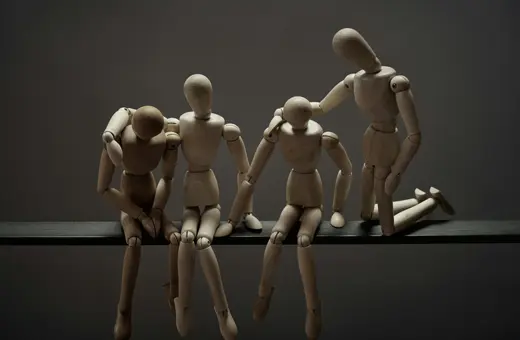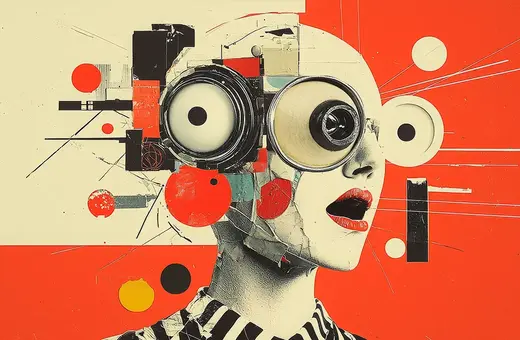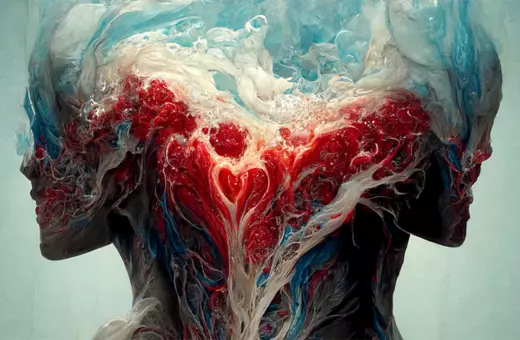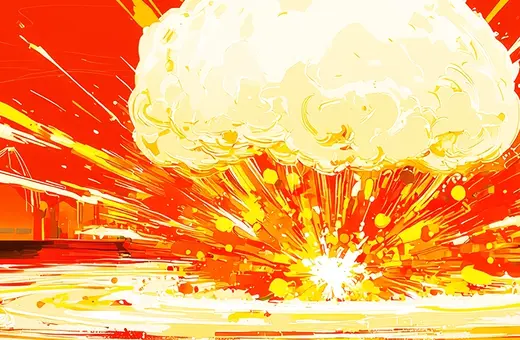It’s a common observation that Blade Runner inspires us to reflect on what it means to be human. The principal cause for such reflection is, of course, the cast of replicants – the bioengineered humanoid creatures originally produced by the Tyrell Corporation to work on off-world colonies. As the opening, scene-setting text famously informs us, following a bloody off-world mutiny by a group of Nexus 6 replicants, the creatures are declared illegal on Earth and are hunted down and terminated (‘retired’) by special police units known as blade runners. Against this backdrop, the replicants repeatedly engage our thoughts and emotions by blurring the distinction between the human and the non-human. Confronted by an event such as Rachael’s distressed reaction when Deckard exposes the truth about her ‘memories’ or Roy Batty’s poetic dying speech, we ask ourselves one of those stubborn and demanding existential questions: ‘what does it mean to be human?’. Unsurprisingly, this is a question that philosophers through the ages have tried to answer, and one historically influential response comes from the controversial German thinker, Martin Heidegger, most notably in the pages of his groundbreaking 1927 text, Being and Time. Of course, Heidegger didn’t know anything about replicants. Nevertheless, as I hope to show, we can use his ideas to see the blurring of the human and the non-human in Blade Runner in a new and productive light.
In thinking about the nature of replicant existence, it might seem that the place to start is with physical or biological constitution. For although replicants are, as the film’s preamble tells us, the result of ‘advanced robot evolution’, they are, for the most part at least, organic creatures, just like us. It’s true that the biological body parts of individual replicants are standardly genetically engineered separately and only later assembled into a whole. (At one point, we meet Hannibal Chew, an employee of the Tyrell Corporation whose job is to genetically engineer replicant eyes.) But, in Blade Runner 2049 (if you haven’t seen the sequel – spoiler alert), even that difference in origin stories is left behind. It turns out that Rachael, a prototype Nexus 7 replicant, was deliberately engineered so as to be able to become pregnant and indeed went on to have a child with the blade runner Deckard. Bearing in mind the ongoing debate over whether Deckard is replicant or human, that child is, from an origin angle, either a reproductively generated replicant or a reproductively generated replicant-human hybrid. Either way, this is the (current) end point of a trajectory in which the sorts of differences between replicants and human beings that one might pick out from a physical or biological perspective are shown to be negotiable and subject to erosion.
___
"Can replicants, like human beings, encounter the question of the meaning of being? In other words, are replicants Dasein?"
___




















Join the conversation